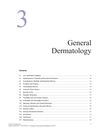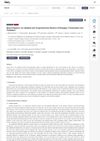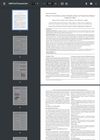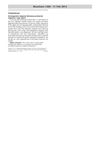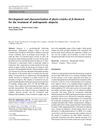Onychodystrophy With Associated Polymicrobial Distal Phalanx Osteomyelitis
November 2011
in “
Archives of Dermatology
”
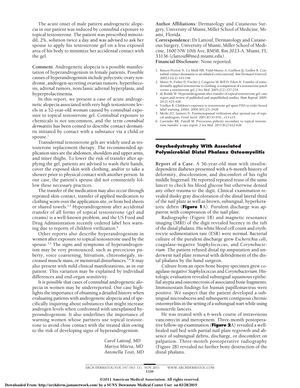
TLDR A woman's hair loss was caused by her husband's testosterone gel and a diabetic man's nail disease led to bone infection, both treated successfully.
The document describes two separate cases: a 52-year-old woman who developed acute androgenetic alopecia due to accidental exposure to her spouse's topical testosterone gel, and a 56-year-old diabetic man who developed onychodystrophy with associated polymicrobial distal phalanx osteomyelitis after using nonsterile lancets. The woman's condition was linked to high testosterone levels from her spouse's gel, and she was treated with minoxidil 2% solution while being advised to prevent further exposure. This case underscores the importance of a detailed medical history to identify potential causes of androgenetic alopecia and the need to caution women about the risks of accidental testosterone transfer. The man's condition was managed with nail plate removal, debridement, and a 6-week antibiotic course, leading to a healed nail bed and no further bone damage. This case emphasizes the importance of considering osteomyelitis in patients with onychodystrophy and the effectiveness of combined surgical and antimicrobial therapy.
